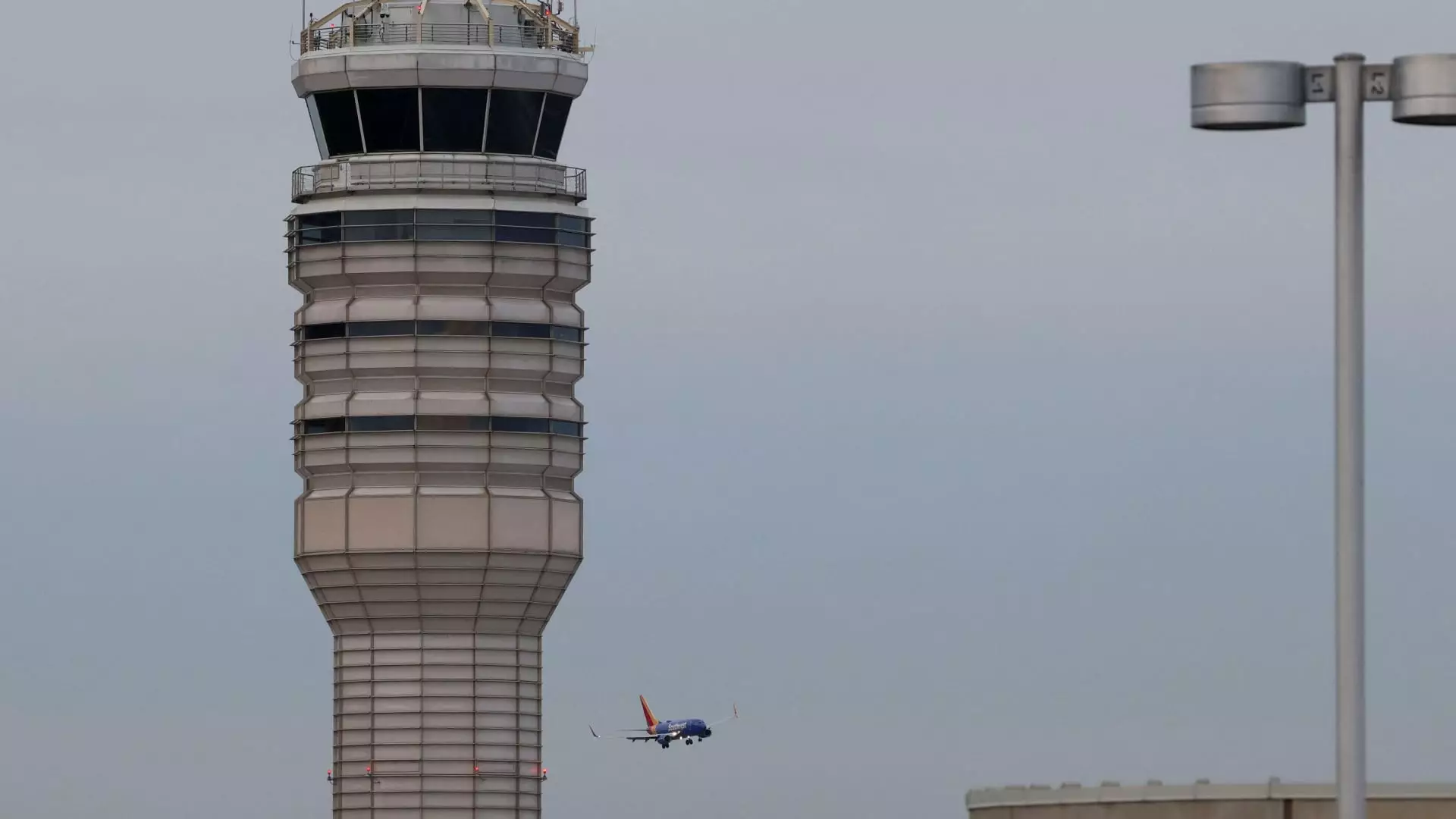In a shocking incident that has raised serious concerns about aviation safety, a collision between an Army Black Hawk helicopter and an American Airlines regional jet occurred shortly before landing at Ronald Reagan Washington National Airport. The accident tragically resulted in the death of all passengers and crew on board both aircraft. In the aftermath, the Federal Aviation Administration (FAA) has announced immediate restrictions on helicopter traffic in the area to mitigate the risk of similar occurrences in the future.
Following the catastrophic event, Transportation Secretary Sean Duffy took to social media to announce the FAA’s decision to restrict helicopter operations around Washington, D.C.’s iconic airport. In his post, Duffy emphasized the importance of public confidence in aviation safety, stating that this measure is essential to secure the airspace. The designated restricted area will cover crucial sections, preventing any helicopter flights that could interfere with the airport’s operations.
The National Transportation Safety Board (NTSB) provided insight into the operational protocols that govern helicopter flights in Washington, D.C. It was explained that helicopters utilize specific zones known as “tracks” which aid operators in navigating shared airspace safely. This structured framework is critical, as the capital frequently sees helicopter activity due to its status as a hub for government operations and news media. The tragic incident happened as the Black Hawk helicopter transitioned between established tracks—a routine maneuver now under scrutiny.
Investigation and Safety Precautions
As investigations unfold, key questions arise regarding safety protocols, communication between aircraft, and adherence to altitude regulations. The American Airlines flight, which was only moments away from touchdown, was reportedly operating at approximately 300 feet. This raises further concerns about potential discrepancies in how military and commercial air traffic is managed, particularly in busy urban environments like Washington.
The fallout from this event has reverberated throughout the aviation industry. American Airlines CEO Robert Isom expressed gratitude for the swift regulatory action taken by federal authorities, which includes the cooperation of President Trump and Secretary Duffy. Such a collaborative effort reflects the aviation industry’s acknowledgment of the need for stringent safety measures. The ramifications of this incident could lead to a broader re-evaluation of air traffic protocols, particularly concerning military aircraft operations in civilian airspace.
As the aviation community grapples with this unprecedented tragedy, restoring public trust will require thorough investigations and proactive measures. The FAA’s immediate actions show a commitment to prioritizing safety in air traffic management around key infrastructures. Moving forward, industries must collaborate to ensure robust measures are in place, enhancing communication and operational safety standards across all forms of aviation. Only through diligent analysis and strategic planning can we hope to prevent such heartbreaking incidents in the future.

